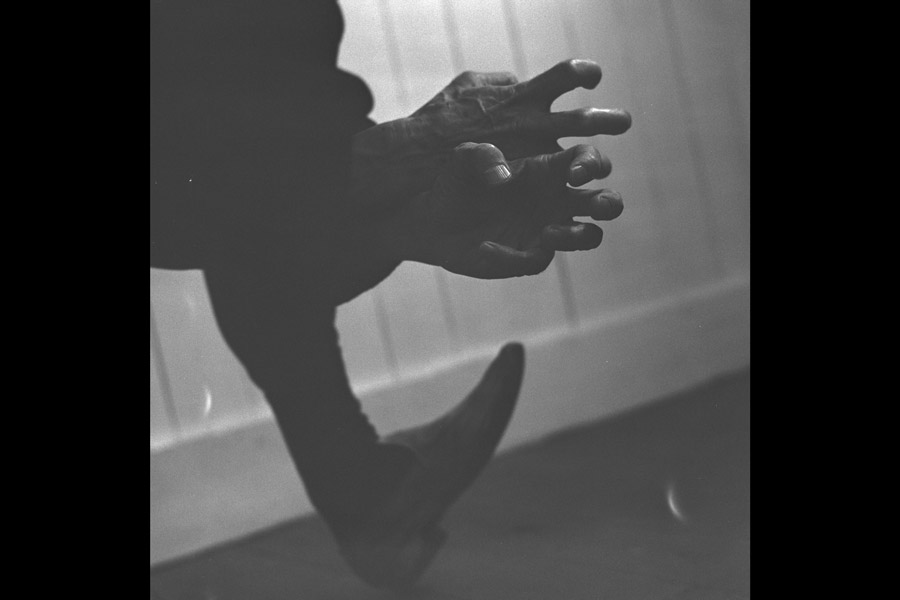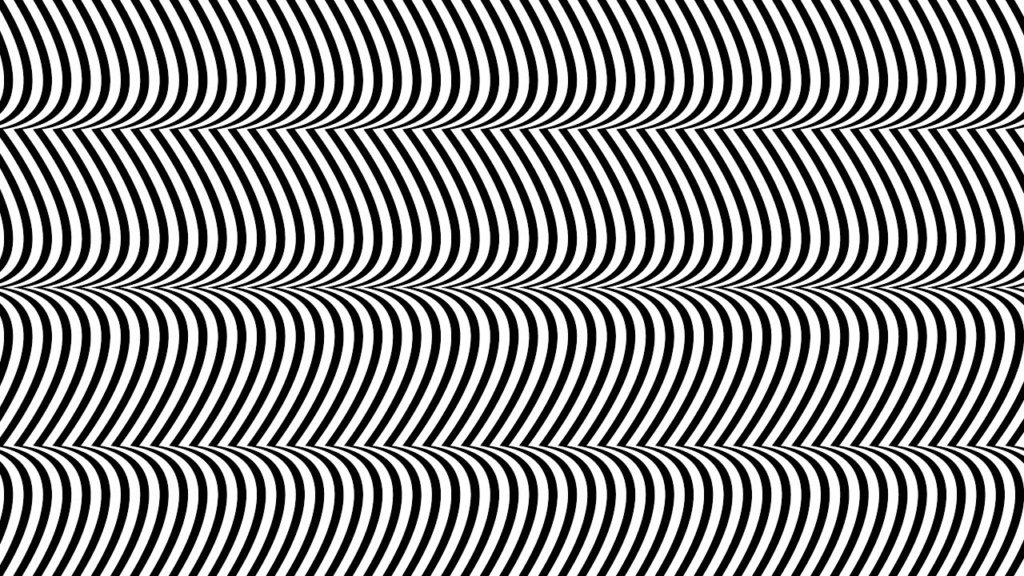Revisiting older forms of media can often be a challenge. What was once new and pretty can feel outdated and cliche today. Watching old special effects in movies or playing video games with “realistic” Playstation1 graphics proves that our standards of media are constantly evolving.
But, having said that, I believe there is a particular case to be made for the media that was designed to be ugly, to begin with. Such is the case of Chiaki Nagano’s Portrait of Mr O which was intentionally made to be as raw and unfiltered as possible, and time has only enhanced that feeling. Creating a movie experience with a lot of value to be gained.
Notice how I emphasized the word value rather than any other word in the above paragraph; this is because, unlike any other film, this one is everything but entertaining. Portrait of Mr O serves more as a historical piece of media, one that shows the inception and slow development of Butoh dance. The movie’s experimental ideas and very raw aesthetics lay the groundwork for what is so compelling about Butoh, to begin with.
Portrait of Mr O does, in fact, capture this year’s JAEFF theme, which explores the body and sensations, as well as the body victorious and in crisis, via dance. The distorted movement and unsettling music that would come to define the style are there, and yet, it is apparent that this was a transitional period for the genre.
The Problem With Being The First

The Portrait of Mr. O suffers from something I like to call, the ‘pioneer symptom’. This is where an artist creates or reinvents an art form and as time goes on his contemporaries surpass him/her in every single regard.
Contemporary Butoh dance is so expressive and dramatic without sacrificing the very rawness that made it compelling in the first place. The movement is also much more difficult to pull off, with feats of strength that showed a mastery of the craft while also being completely improvisational. In contrast, The Portrait of Mr. O shows only the baseline of the elements, which means this movie is most appealing to people wanting to learn more about the dance.
The Basics

There are a lot of great things in the film that would become staples in Butoh, which is not surprising considering Butoh legend, Kazuo Ōno is the lead in the movie. For starters, the expression in Kazuo’s face is something to behold, as it is very unsettling and difficult to maintain consistently, yet he keeps the same expression throughout the whole movie.
Another interesting aspect is the hands, which Kazuo moves in unnatural ways while walking and holding objects, which does emphasize the feeling the movie is trying to convey. However everything else regarding the dance falls short, the entire lower body might as well be cut from the film since it’s so underutilized. Shoulders and chest popping which are used in contemporary Butoh, also fall short in the movie.


Returning to what I mentioned earlier, this movie is not entertaining. It definitely will give you something to think about as you attempt to make sense of it, but like many avant-garde films, the experience is what matters here. You’re meant to feel unsettled and repulsed, the make-up in the characters drives that feeling. However, depending on who you ask, the film may achieve its objective or fall into the category of pretentious.
If you are already interested in Butoh dance and want to get a better understanding of it by all means watch the movie, it will give you something you love which is always valuable. If you are only mildly interested, there are better places to start such as watching more contemporary performances and then seeing the movie to know its roots.
If you don’t care about Butoh, there is a big chance this movie won’t appeal to you. It’s so far removed from what normal viewers expect from a movie that most people will be bored by it. If you identified with any of the above examples, take my advice as you will, but keep in mind that it is only my interpretation.










































